Current geopolitical tensions are eroding some European organizations’ confidence in the security of hyperscalers; however, moving away from them entirely is not practically feasible.
filters
Explore All Topics
As AI workloads surge, managing cloud costs is becoming more vital than ever, requiring organizations to balance scalability with cost control. This is crucial to prevent runaway spend and ensure AI projects remain viable and profitable.
Hyperscalers offer a confusing array of on-premises versions of their public cloud-enabling infrastructure — the differences between them are rooted in whether the customer or the provider manages the control plane and server hardware.
Scalability and cost efficiency are the top reasons enterprises migrate to the cloud, but scalability issues due to application design flaws can lead to spiralling costs — and some workload repatriation to on-premises facilities
This report highlights some of the findings from the Uptime Institute Capacity Trends and Cloud Survey 2024. Findings offer insight into what is driving capacity expansion.
On average, cloud apps achieve availabilities of 99.97% regardless of their architecture. However, for the unlucky few that experience issues, a dual-region design has five times less downtime than one based on a single data center.
When building cloud applications, organizations cannot rely solely on cloud provider infrastructure for resiliency. Instead, they must architect their applications to survive occasional service and data center outages.
This report highlights some of the findings from the Uptime Institute Capacity Trends and Cloud Survey 2024. In particular, this report offers an insight into what drives migration to and from the public cloud.
Dedicated AI infrastructure helps ensure data is controlled, compliant and secure, while models remain accurate and differentiated. However, this reassurance comes at a cost that may not be justified compared with cheaper options.
A new wave of GPU-focused cloud providers is offering high-end hardware at prices lower than those charged by hyperscalers. Dedicated infrastructure needs to be highly utilized to outperform these neoclouds on cost.
Hyperscalers design their own servers and silicon to scale colossal server estates effectively. AWS uses a system called Nitro to offload virtualization, networking and storage management from the server processor onto a custom chip.
Uptime Intelligence surveys the data center industry landscape to look deeper at what can actually happen in 2025 and beyond based on the latest trends and developments. The stronghold that AI has on the industry is a constant discussion - but how…
This summary of the 2025 predictions highlights the growing concerns and opportunities around AI for data centers.
Dedicated GPU infrastructure can beat the public cloud on cost. Companies considering purchasing an AI cluster need to consider utilization as the key variable in their calculations.
Uptime Intelligence looks beyond the more obvious trends of 2025 and examines some of the latest developments and challenges shaping the data center industry.
 Dr. Owen Rogers
Dr. Owen Rogers
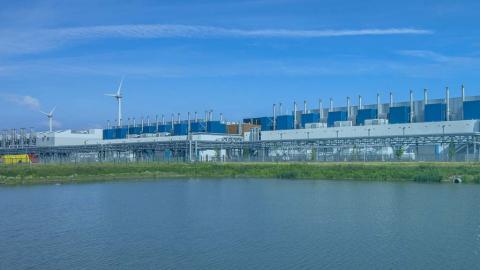
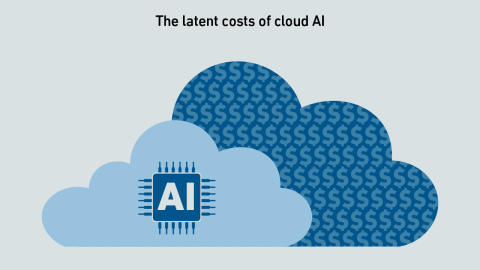
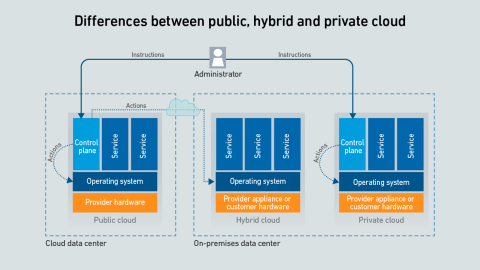
 Douglas Donnellan
Douglas Donnellan
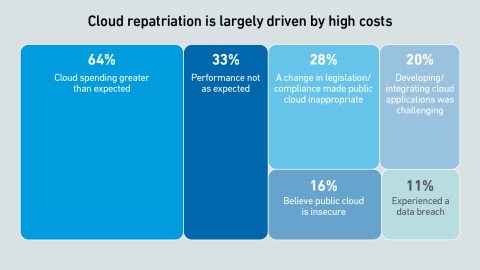
 Rose Weinschenk
Rose Weinschenk
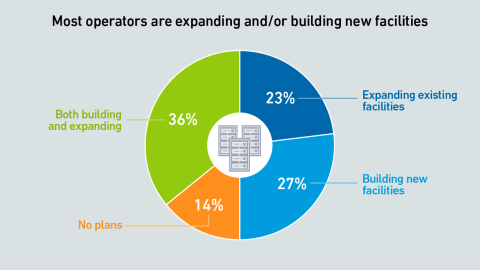
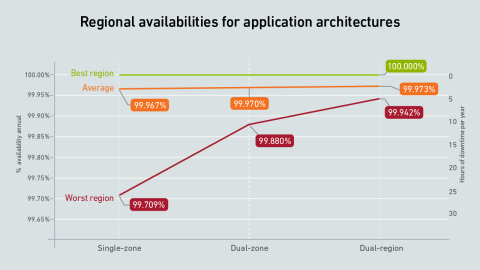
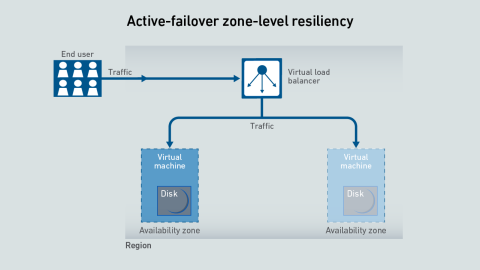
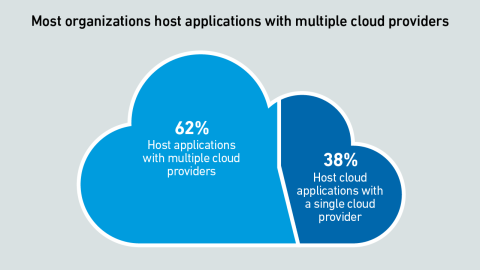
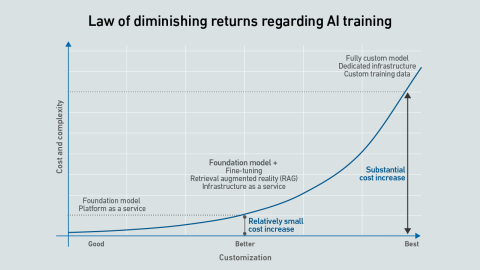
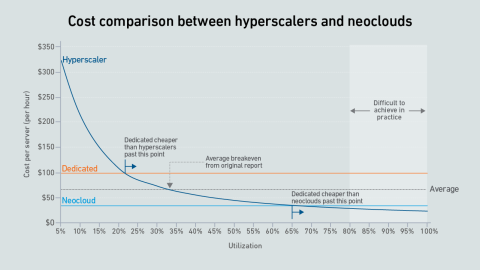
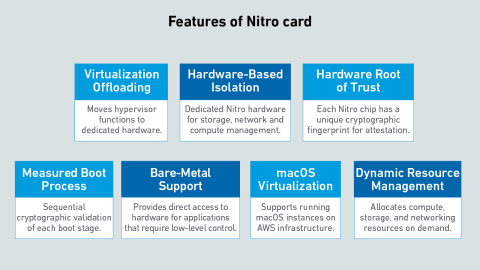
 Andy Lawrence
Andy Lawrence
 Max Smolaks
Max Smolaks
 Daniel Bizo
Daniel Bizo


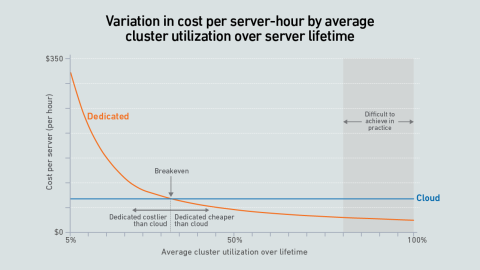
 Peter Judge
Peter Judge
